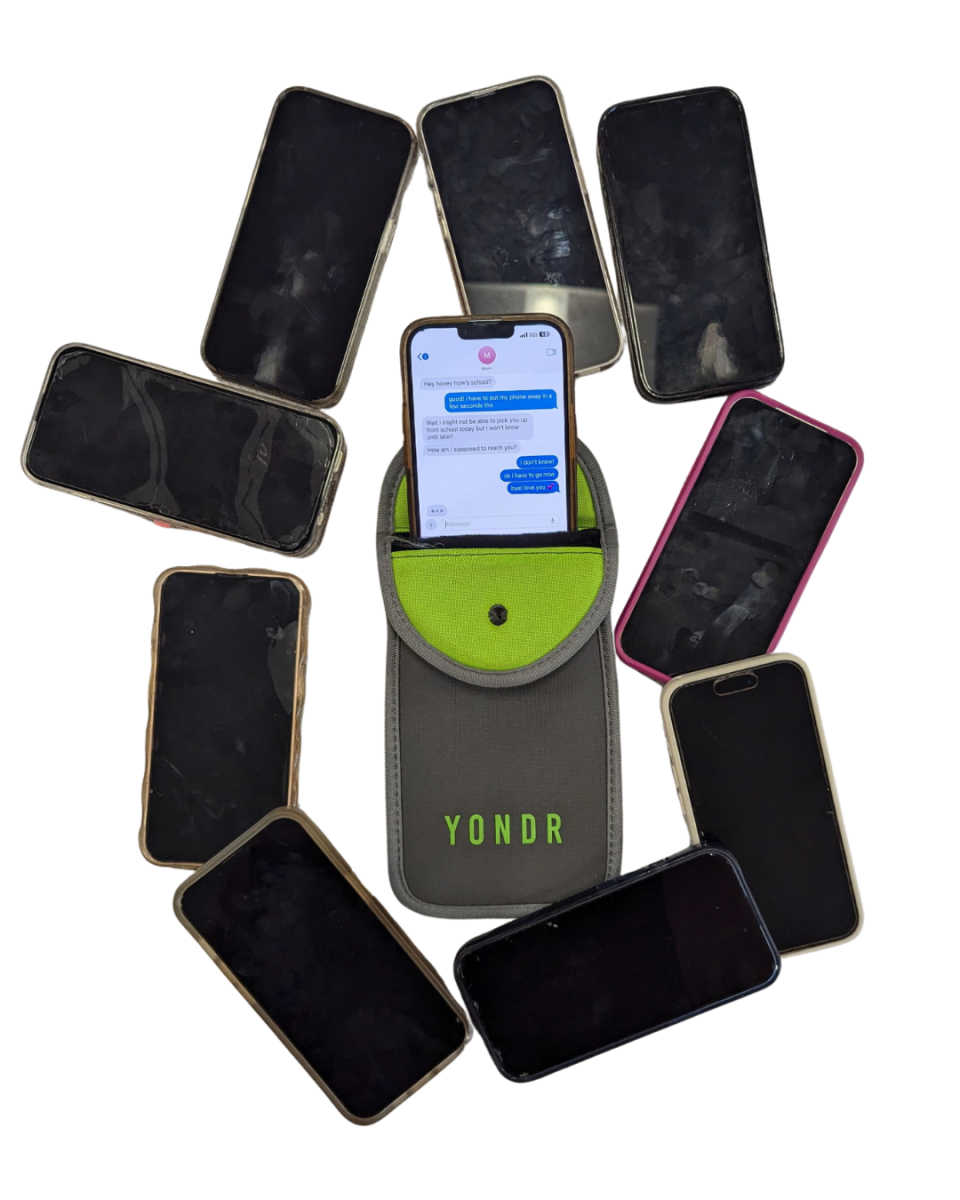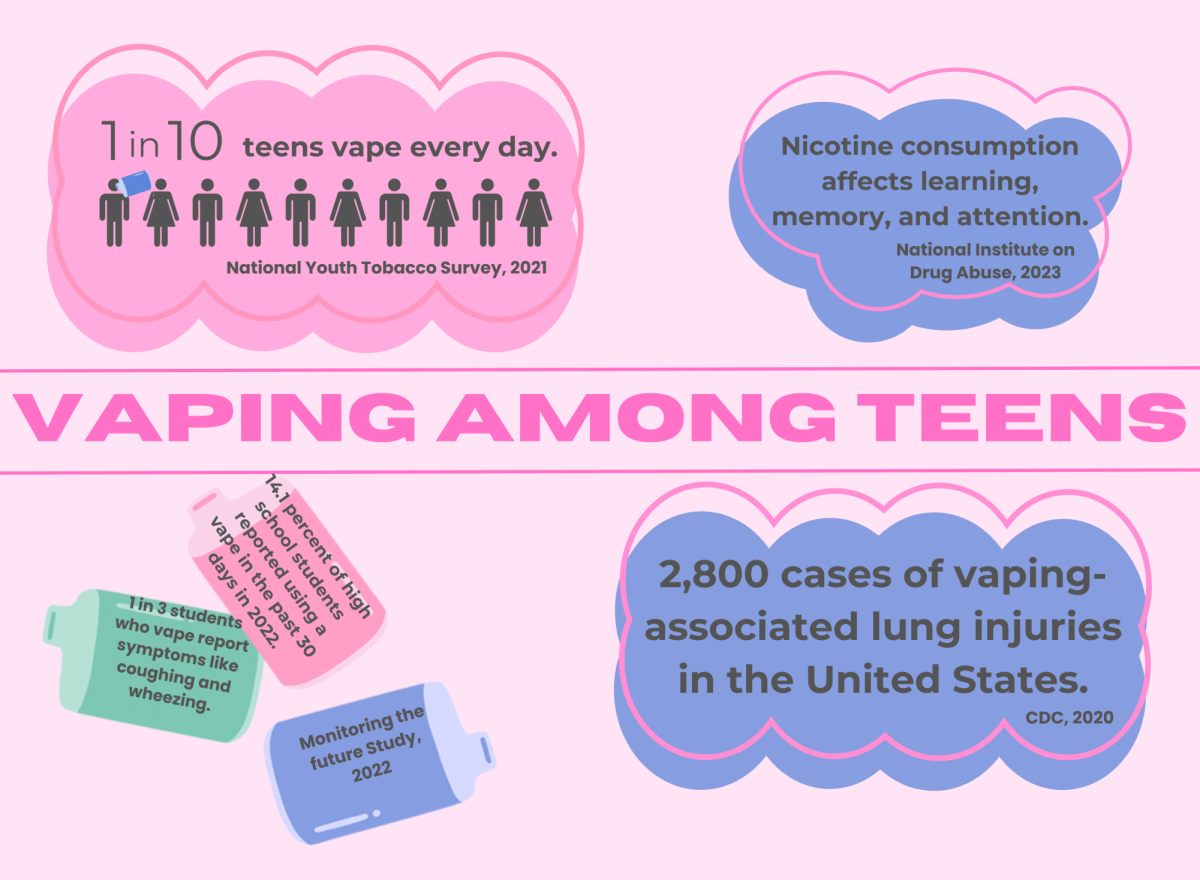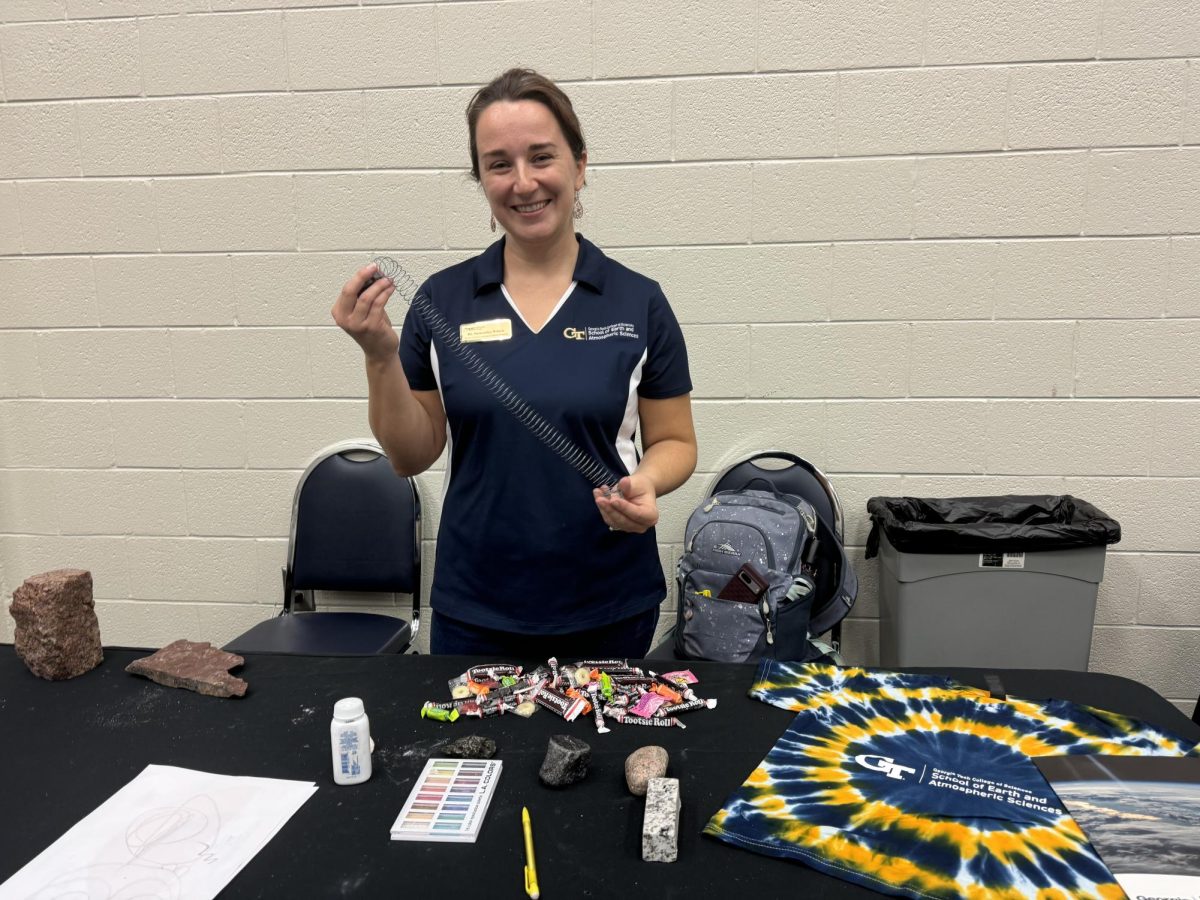Type 1 diabetes (T1D) is a chronic autoimmune disease that affects millions of people around the world and current studies show that one in three Americans will develop diabetes sometime in their lifetime. In contrast to Type 2 diabetes, which often coincides with lifestyle choices and may be controlled with diet and exercise, T1D is a hereditary disorder in which the immune system attacks and kills the beta cells that produce insulin. In order to control blood sugar levels, patients with T1D need to administer insulin on a daily basis. However, there is some hope for a potential cure thanks to recent stem cell research, which makes it more feasible than ever to live without daily insulin injections.
The hormone insulin, that regulates blood sugar (glucose) levels, is produced by the pancreas in a healthy individual. When a person has T1D, their immune system unintentionally attacks and kills the beta cells in their pancreas that produce insulin. When insulin isn’t produced, blood glucose levels rise, which can cause major health issues like kidney failure, nerve damage, and heart disease.
There is currently no cure for T1D. Insulin therapy is the main treatment, in which patients inject insulin into their bodies to regulate blood sugar levels. This does not, however, stop long-term issues or return insulin production to normal. Because of this, researchers have been working to find a treatment, and one of the most promising approaches is stem cell research.
Stem cells are distinct cells that can differentiate into a wide variety of bodily cell types. Although there are other kinds of stem cells, undifferentiated stem cells—which have the ability to transform into any type of cell, including beta cells that produce insulin—are the ones that are most pertinent to T1D research. Researchers are investigating the possibility of using these stem cells to produce new beta cells that might be given to T1D patients in order to reverse the condition perhaps. Finding a method to induce the stem cells to develop into fully functional beta cells has been one of the primary obstacles to stem cell therapy for T1D. Researchers have advanced significantly in this field in recent years. According to studies, stem cells can be stimulated to develop into beta cells that produce insulin in a lab setting. These cells can even react to variations in blood sugar levels. For example, researchers at the University of Alberta have made significant progress in creating functional beta cells from stem cells that may eventually be utilized in human transplants.
One of the most exciting developments in stem cell research for T1D is the ability to create “insulin-producing clusters” from stem cells. These clusters mimic the behavior of natural islets of Langerhans, the part of the pancreas where insulin is made. By using stem cells, scientists can potentially create enough of these clusters to transplant into patients with T1D. The hope is that these new cells could restore normal insulin production, eliminating the need for insulin injections. Furthermore, the present research seeks to prevent the immune system from attacking these newly created cells.
Since T1D is an autoimmune condition, one of the most difficult challenges is keeping the immune system from attacking the transplanted beta cells. Researchers are investigating strategies to protect these cells, either by hiding them from immune response or by changing the immune system so that it does not target the new cells. While stem cell therapy has the potential to significantly benefit T1D, there are still difficulties to overcome. A major fear is the stem cell’s origin. Some types of stem cells, such as embryonic stem cells, have proven contentious because they necessitate the killing of embryos. However, researchers are increasingly turning to alter-natives such as induced pluripotent stem cells (iPSCs), which are adult cells reprogrammed to act like embryonic stem cells while avoiding ethical difficulties.
Another issue is the cost and complexity of stem cell therapies. The total annual cost of diabetes in the United States is $413 billion, making it the most expensive chronic condition in our nation according to the Centers for Disease Control and Prevention. Large-scale production of functioning beta cells and assuring their viability in the human body is a time-consuming and costly process.
Clinical trials are now under-way, but it will take time to make this medicine available to the public. Despite these hurdles, the future of T1D treatment appears more promising than ever. Scientists are getting closer to creating a solution for T1D because of fresh stem cell research advances. With continued advancements, the goal is to provide diabetics with a more sustainable solution, reducing dependence on insulin therapy and improving overall quality of life. In the meantime, patients will continue to rely on insulin therapy, but there is hope that a cure will be developed in the not-too-distant future, allowing those with T1D to live without the daily burden of insulin injections.

































